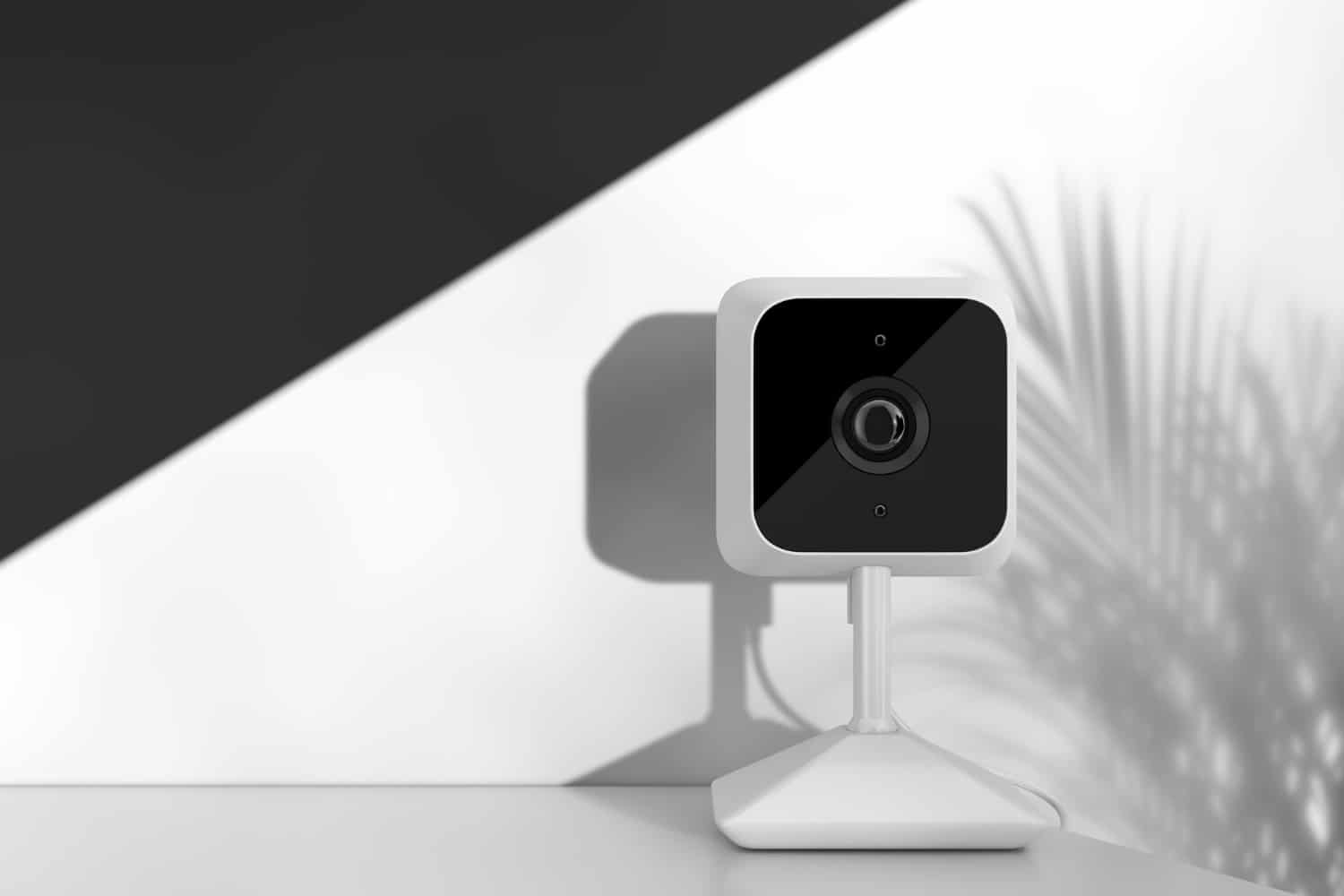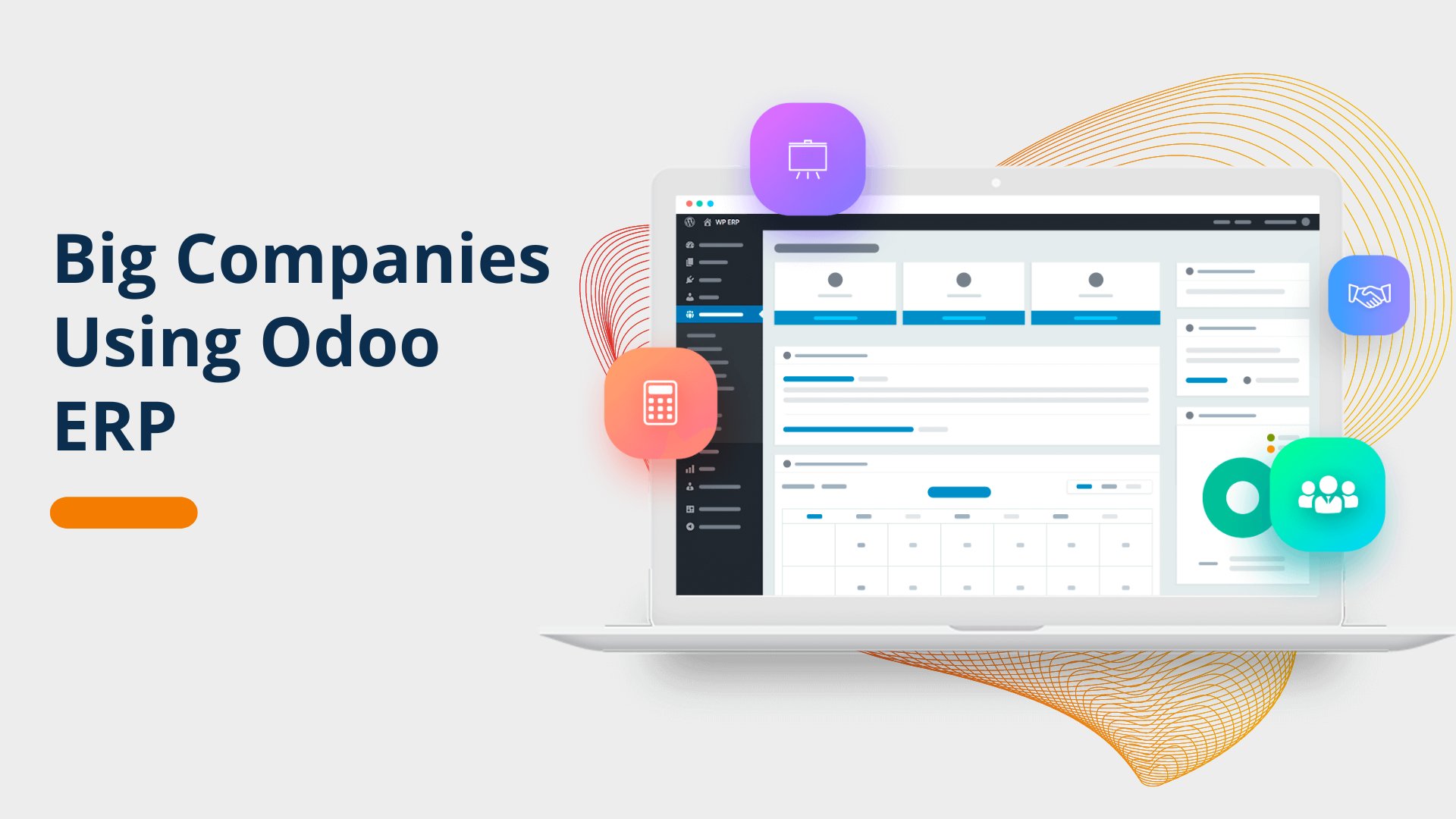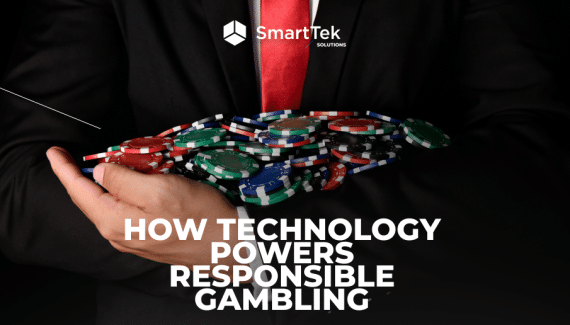IoT devices are all around us — smart speakers in your kitchen, fitness trackers on your wrist, doorbell cameras, or even that fridge that tells you when your milk is low. If it connects to Wi‑Fi and collects data, it’s part of the IoT club — and yes, it can be hacked if left unprotected.
From smart shelves and barcode scanners to security installations and payment points, IoT technology runs nearly every function of the modern retail business. But here’s the catch: if these devices aren’t properly secured, they leave the door wide open for cybercriminals.
Unsecured retail tech can expose customer data, halt operations, and damage your brand. That’s why cybersecurity for retail businesses isn’t optional anymore – it’s mission-critical.
SmartTek emphasizes why understanding and strengthening IoT cybersecurity is essential to preventing breaches and operational failures.
Shocking IoT Breach Stories
Chastity Cage Hack

It was a well-known case that hackers had access to internet-enabled chastity cages, a device for use by the BDSM community that secures around the man’s genitals and refuses to let arousal occur. Affected parties were texted and told that a ransom of 0.02 Bitcoin (roughly $750 at that time) was required to unlock their devices.
Security researchers from Pentest Partners traced the vulnerability to an exposed API from Qiui, the Chinese manufacturer of the chastity cage called Cellmate. Although Qiui initially didn’t respond to media inquiries, a US distributor later confirmed the security flaw had been addressed with a patch in the latest software update.
Alex Lomas, a security researcher at Pentest Partners who audited the Cellmate device, remarked:
“Almost every company and product will have some kind of vulnerability in its lifetime. Maybe not as bad as this one, but something. It’s important that all companies maintain clear channels of communication with security researchers.”
This extreme case illustrates a key cybersecurity principle: just because you can connect a device to the Internet doesn’t necessarily mean you have to, and especially not without secure procedures in place.
Smart Camera Exploit

A Verkada breach in March 2021 allowed hackers to access live feeds from over 150,000 surveillance cameras inside schools, hospitals, prisons, and more. The fallout included reputational damage and regulatory scrutiny: in August 2024, the U.S. Federal Trade Commission imposed a $2.95 million penalty on Verkada for failing to secure its systems and violating CAN-SPAM and FTC regulations.
Additionally, supporting evidence includes:
- A report that shows more than 40,000 cameras (security, baby monitors, webcams) are publicly accessible online due to default credentials and outdated setups.
- IFSEC Global detailed how hackers were able to intercept, record, and even replace real-time footage from smart cameras by exploiting unencrypted streaming protocols.
CloudPets Smart Toy Breach

An internet-enabled toy called CloudPets stored user data, voice messages, and personal info from over 820,000 owners in an unsecured database. Attackers accessed this data, replaced it with a ransom note demanding Bitcoin, and leaked 2.2 million voice message files from AWS storage.
“Matrix” IoT Botnet
A new global botnet emerged when threat actors leveraged a Mirai-like malware called Matrix to hijack IoT devices like routers, IP cameras, and printers with known vulnerabilities. Over 200,000 devices were compromised, with 60,000 active nodes at peak, then rented out for Distributed Denial-of-Service (DDoS) attacks in a “DDoS-for-hire” scheme.
Financial & Brand Fallout
- Average breach cost worldwide soared to $4.88 million in 2024, up 10% from $4.45 million in 2023 – the largest one-year increase since the pandemic.
- U.S. breach costs averaged nearly $9.4 million, the highest globally.
- In fact, 66% of U.S. consumers would not trust a company post‑breach.
- PwC reports 85% of customers would avoid buying from organizations they doubt have cybersecurity practices.
Companies today face numerous retail cybersecurity challenges, including managing customer data securely, preventing ransomware attacks, and maintaining regulatory compliance – all essential for protecting both their financial stability and reputation.
IoT Devices Security Checklist
IoT devices’ cybersecurity is crucial to ensure retail cybersecurity best practices, as vulnerabilities lead to actual monetary losses and irreparable damage to a brand’s image. To help you stay ahead of threats, we’ve put together a quick, practical checklist. Use it to assess how secure your retail tech stack really is – and where to strengthen it today:
- Conduct Regular Security Audits
Constant vigilance for vulnerabilities detects weaknesses before others do. We advise a regular audit couple of times per year to detect and contain potential risks before they happen and mitigate risks by a significant amount.
- Enforce Strict Verification
Activate Multi-Factor Authentication (MFA) and unique, complex passwords for all IoT products. This makes it greatly more difficult for hackers to access unauthorized products, especially for products handling sensitive customer or payment info.
- Automate Updating & Patching
It’s the hacker’s plaything. Set auto-update and integrate regular patch management into your daily routine. It’s one of the fastest and easiest steps to minimize the odds of a breach.
- Storing Encrypted Data
Encrypt all your information, whether sitting in the server room or flowing over the network. Should hackers gain entry, the encryption makes them unable to do very much with what they obtain.
- Employee Cybersecurity Training
Even the most advanced tech won’t help if your team clicks the wrong link. Ongoing training helps employees spot phishing, follow secure practices, and avoid human errors that cause up to 95% of breaches, a leading cause of retail data breach incidents across the industry.
How Cybersecurity Saves Your Budgets
Investing early in cybersecurity in retail goes beyond saving money on expensive breaches; it generates tangible financial benefits and strengthens loyalty to the brand. This is why cybersecurity needs to be viewed as a strategic business investment, rather than just part of operating costs. Solutions like automated thread detection & response installed on each endpoint help to safeguard your business.
Significant Cost Savings
The latest IBM Data Breach Report announces that organizations using cybersecurity automation and AI-based solutions have achieved average cost saves in their data breaches of $2.22 million. These cost savings have been achieved by using faster detection, lower downtime, and lower disruption of operations.
Lower Ransomware Expenses
In cases of ransomware attacks, early intervention by law enforcement significantly mitigates financial losses, reducing the average breach cost by nearly $1 million. Engaging authorities provides businesses with critical expertise and additional resources to swiftly handle incidents.
For example, when a retail chain in the U.S. experienced a ransomware attack that encrypted its IoT-connected POS terminals, early collaboration with authorities helped them trace the origin, recover encrypted data, and avoid paying the ransom.
Engaging public cybercrime units provides businesses with not only additional expertise but also access to intelligence-sharing, negotiation support, and legal pathways – tools that internal teams often lack when acting alone.
Improved Competitive Edge
Companies that prioritize cybersecurity experience fewer breaches, respond faster to threats, and earn greater trust from their customers. In the retail sector, strong cybersecurity isn’t just protection – it’s a brand asset. It differentiates your business, builds long-term customer loyalty, and adds lasting value to your reputation.
Reputation Defense
Data breaches have a direct impact on consumer trust: 66% of consumers do not trust companies after security leak. Investing in IoT cybersecurity protects data and its integrity with market standing. Ultimately, cybersecurity as a priority directly feeds into greater profitability, retention of buyers, and continued market competitiveness within today’s globally interconnected digital retailing world.
Conclusion
IoT attacks are no longer a hypothetical scenario – they are a reality and are making multi-million-dollar losses. From emotional compromise of a breached sex toy to blockbuster brand hackings, threats are much bigger than we think they are, just because these are not tangible.
As the number of connected devices grows, retail cybersecurity for IoT devices becomes not just an IT concern but a core business priority. Don’t wait for the next inevitable breach to happen. Secure your IoT infrastructure today: your brand, customers, and bottom line depend on it.












